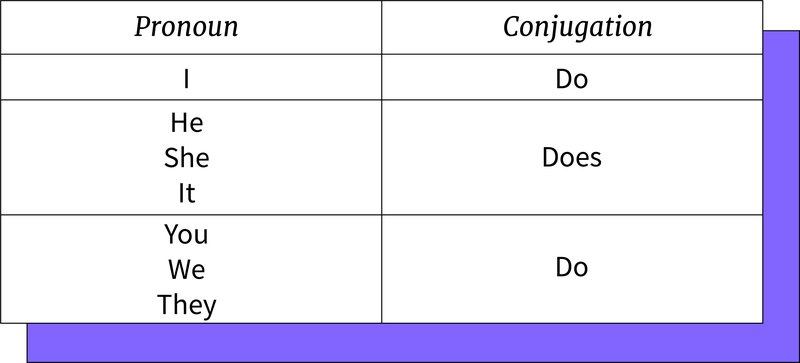
Error codes are like your dryer’s way of texting you about its problems. The E2 code is one such message, and it indicates an issue with the dryer’s temperature sensor. Think of this sensor as the thermostat that ensures your dryer heats appropriately to dry your clothes efficiently. If this sensor is on the fritz, your dryer might not heat properly, causing your clothes to sit damp or take forever to dry. It’s frustrating, right? But don’t worry, because we’re going to explore if resetting your dryer can be a quick fix for this problem.
Understanding Error Code E2
To get a handle on what error code E2 signifies, it helps to have a little background on how your dryer operates. Essentially, your Whirlpool dryer has a temperature sensor that plays a crucial role in its functioning. This sensor monitors the heat levels inside the dryer drum to ensure your clothes are dried at the right temperature without overheating. So, when you see error code E2, it’s like your dryer’s way of waving a red flag to alert you that this sensor might not be working correctly.
Now, you may be thinking, “Can I just ignore this error and carry on with drying my clothes?” In short, it’s not a good idea. Ignoring this issue can lead to longer drying times, wasted energy, and even potential damage to your clothes if the dryer overheats. Much like ignoring the warning lights on your car’s dashboard, not addressing this error can lead to bigger problems down the road. So, addressing the error sooner rather than later is crucial to keeping both your clothes and dryer safe.
Here’s the catch: while the error suggests something might be wrong with the sensor or its connection, it doesn’t always mean there’s a severe malfunction. Sometimes, it’s simply a glitch in the system or a temporary issue that can be resolved by resetting the unit. Before jumping to conclusions or making potentially costly decisions, a reset can be an easy first step.
How to Reset Your Whirlpool Dryer
Okay, so you’ve seen the error code and want to know if resetting could magically fix everything. Resetting your dryer is pretty straightforward and is often worth trying before calling in the pros. It’s a bit like giving your computer a restart when things aren’t running smoothly. This process can clear out any temporary glitches causing the error code to appear.
To reset your Whirlpool dryer, you’ll first want to ensure it’s completely powered down. Unplug the dryer from the wall socket, or if it’s hard-wired, turn off its circuit breaker. Once it’s off, wait for about 5 to 10 minutes. This waiting period gives the machine’s internal systems time to fully power down. Think of it like allowing a computer to fully shut off before starting it up again. After the pause, plug the dryer back in or flip the circuit breaker to the “on” position.
After you’ve switched the dryer back on, check to see if the error code has disappeared. If the E2 error is no longer visible, do a test run with a small load to ensure everything is functioning smoothly. It’s a simple step, but one that can often resolve temporary electrical glitches. However, if the error persists, it may be pointing to a genuine hardware issue that needs further investigation.
When to Call a Professional
So, what if you’ve tried resetting the dryer, but that pesky E2 error code keeps coming back? It’s at this point you might need some expert help. If the reset didn’t work, the problem could be with the temperature sensor itself, or there might be a faulty connection or wiring issue inside the dryer. None of these are things you want to tinker around with unless you have experience in appliance repair.
Trying to fix complex issues without the necessary know-how is like trying to bake a soufflé without a recipe – you might end up causing more harm than good. A certified technician can properly diagnose and fix the problem, ensuring your dryer is back to running smoothly without any risk of further issues. They’ll have the right tools and expertise, sparing you from unnecessary headache.
In the meantime, while waiting for repairs, you might need to find alternative drying solutions. Air drying your clothes or using a laundromat could be temporary fixes that keep your laundry routine uninterrupted. You want to avoid using the dryer until it’s deemed safe and functional again.
Preventative Measures for Future Reference
Now that you’re tackling the E2 error, it makes sense to think about future prevention. Just like maintaining a car with regular oil checks, your dryer benefits from some routine TLC to keep it in tip-top shape. Start by ensuring that the dryer vents and filters are clean and free from lint buildup. Proper airflow is essential for the dryer to function correctly and help prevent sensor errors.
You might also want to periodically check the condition of your dryer’s power cord and plugs. A damaged cord can lead to electrical issues that might manifest as error codes. Also, be mindful of overloading the dryer with too many clothes at once; this can strain the system and lead to operational problems, including error codes.
Finally, if your dryer frequently shows error codes, even after resets or professional fixes, it might be time to consider its age and overall condition. Older units are more prone to wear and tear, so evaluating whether repairs or replacement is more cost-effective could be a smart move.
Taking these steps not only keeps your dryer running more efficiently but also extends its lifespan, giving you peace of mind the next time you do laundry. Remember, a little preventative maintenance now can save a lot of hassle—and money—later on.